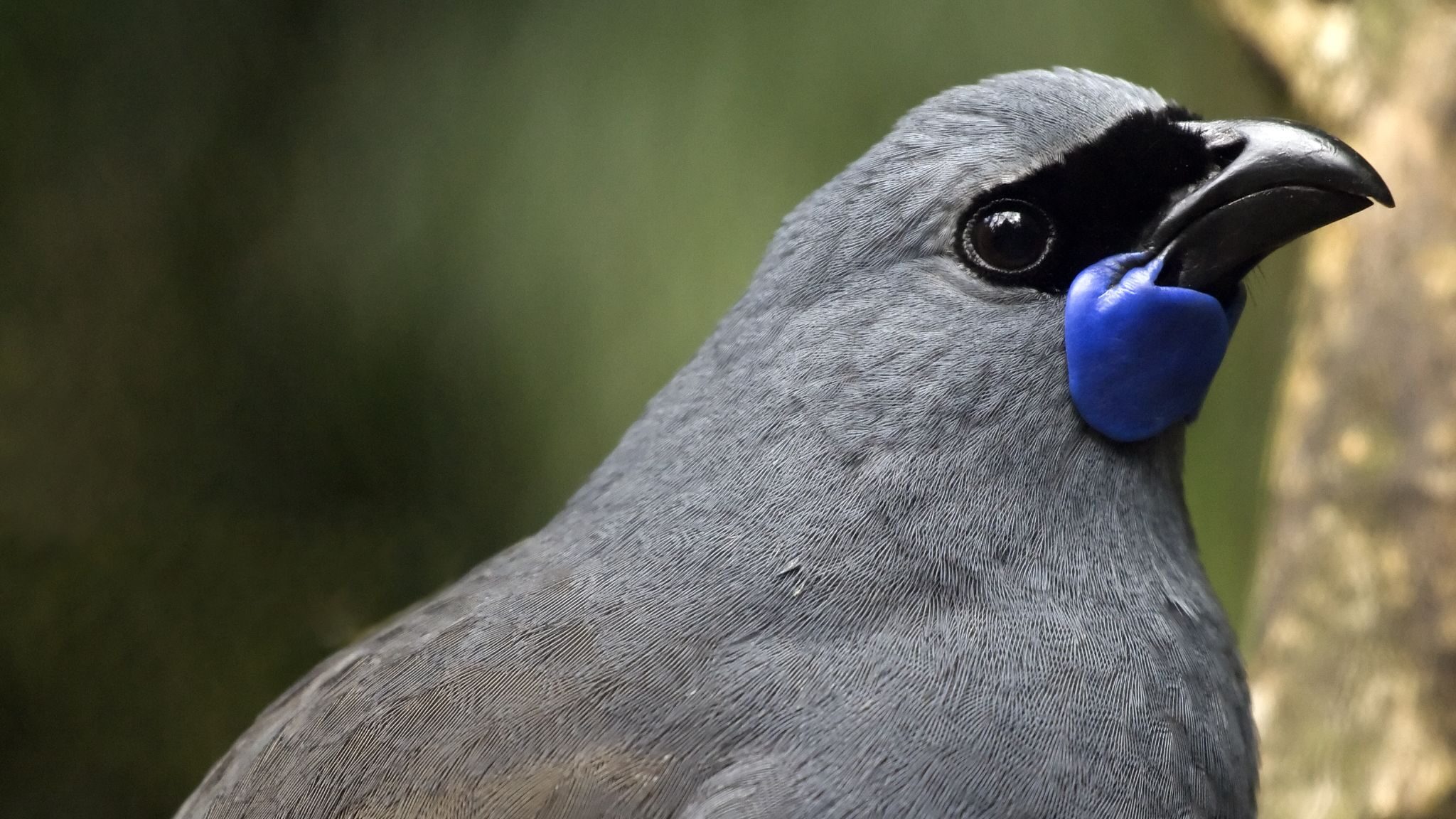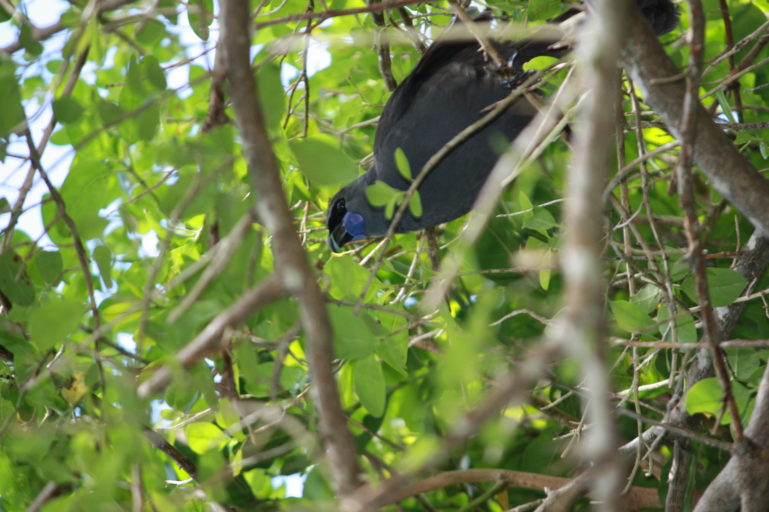Translocations have been an important part of North Island kōkako population recovery, but when you’re obtaining your founding birds from small relict populations it’s important to maintain and even improve genetic diversity. University of Otago Zoology Masters graduate Meghan Milner-Jones studied the genetics of kōkako in her 2018 Masters thesis, available online through ‘OUR Archive’.

“Conservation genetics has recently been recognised as an important, although often overlooked, aspect of wildlife management. Applying molecular techniques and genetic concepts to management strategies has the potential to significantly improve current and future recovery efforts.”
Currently there are 24 relict and translocated populations of kōkako . The endemic, threatened songbird is one of the most commonly translocated species in New Zealand.
“Translocations have significantly influenced kōkako recovery. Integrating genetic techniques and recommendations into source population selection will help ensure the long-term success of future translocation projects.”

Populations that are currently thriving, may, in the past, have been founded by just a few birds.
“Te Hauturu-o-Toi is currently the largest population of kōkako but is thought to have been established by a founding population of as few as nine individuals. The aim of this research was to assess the suitability of the Hauturu kōkako population as a future source for translocations using molecular methods. In particular, the aim was to address two aspects of a source population that contribute to the overall success of a translocation; genetic diversity and disease status.”
Meghan’s research looked at the level of genetic variation across six populations. The presence of Psittacine Beak and Feather Disease on Hauturu was also examined.
“Such research provides conservation managers with important genetic information that can be applied to best protect kōkako in future. Conserving genetic diversity is important for long-term survival of endangered species. As translocations involve a small number of individuals and create a genetic bottleneck, sourcing founder birds from genetically diverse populations helps ensure long-term translocation success.”
To better understand Meghan’s research, it helps to understand some of the terminology. Microsatellites are DNA sequences used in genetic analysis which have high genetic diversity:
A microsatellite is a tract of repetitive DNA in which certain DNA motifs (ranging in length from one to six or more base pairs) are repeated, typically 5–50 times. Microsatellites occur at thousands of locations within an organism’s genome. They have a higher mutation rate than other areas of DNA leading to high genetic diversity.”
Wikipedia
“I developed 21 kōkako-specific microsatellite primers using a whole kōkako genome, that were then multiplexed to infer genetic diversity and population structure in one translocated (Hauturu) and five relict (Mapara, Mangatutu, Te Urewera, Waipapa and Bay of Plenty) kōkako populations.”
In spite of it’s small founding population, the Hauturu birds had a similar level of genetic diversity to other populations.

“A similar level of genetic diversity was apparent across all populations, providing evidence to support the use of Hauturu as a source for future translocations. Both multivariate and Bayesian methods recognised a clear population structure (K=3), identifying kōkako from Hauturu and Mapara as genetically distinct from the other four sites. Understanding the differentiation between kōkako populations will allow managers to plan translocations that maximise genetic diversity and hence translocation success.”
Spreading disease to previously disease-free population is another risk when carrying out translocations. A seemingly healthy bird could potentially be a disease carrier.
“Disease risk and spread has the potential to induce a translocation failure. A kōkako on Hauturu developed aberrant coloured plumage and features (claws, legs, beak) between sampling seasons (2013–2015), reminiscent of Psittacine Beak and Feather Disease (PBFD). PBFD typically infects psittacine species (parrots), but due to high recombination rates can host-switch for infection in non-psittacine species.”
All kōkako from the Hauturu population were screened for PBFD using polymerase chain reaction.
“All individuals (n=31) testing negative. There is no evidence for a host switching event from red-crowned parakeets (Cyanoramphus novaezelandiae) on Hauturu into kōkako, therefore, a translocation from Hauturu is unlikely to facilitate PBFD spread.”
So what else might have caused the aberrant coloured plumage on the Hauturu bird? Meghan carried out further tests.
“Following this result, the melanocortin-1 receptor (MC1R) gene was amplified as an alternative explanation, looking for sequence variants between the before (normal), after (aberrant) and seven normal kōkako (also from Hauturu). The MC1R gene was selected as it has a pleiotropic role (affects multiple characteristics) in regulating both melanin deposition and physiological stress responses.”
The mystery remains, however.
“No mutational differences were found, and it is recommended that future research includes screening of alternative candidate genes or explores epigenetic mechanisms (cell mechanisms which affect gene expression levels) to provide an explanation for the observed phenotype.”
The full Masters thesis is freely available through the University of Otago’s database: ‘Our Archive’.
Conservation Genetics of North Island Kōkako (Callaeas wilsoni) (2018)

